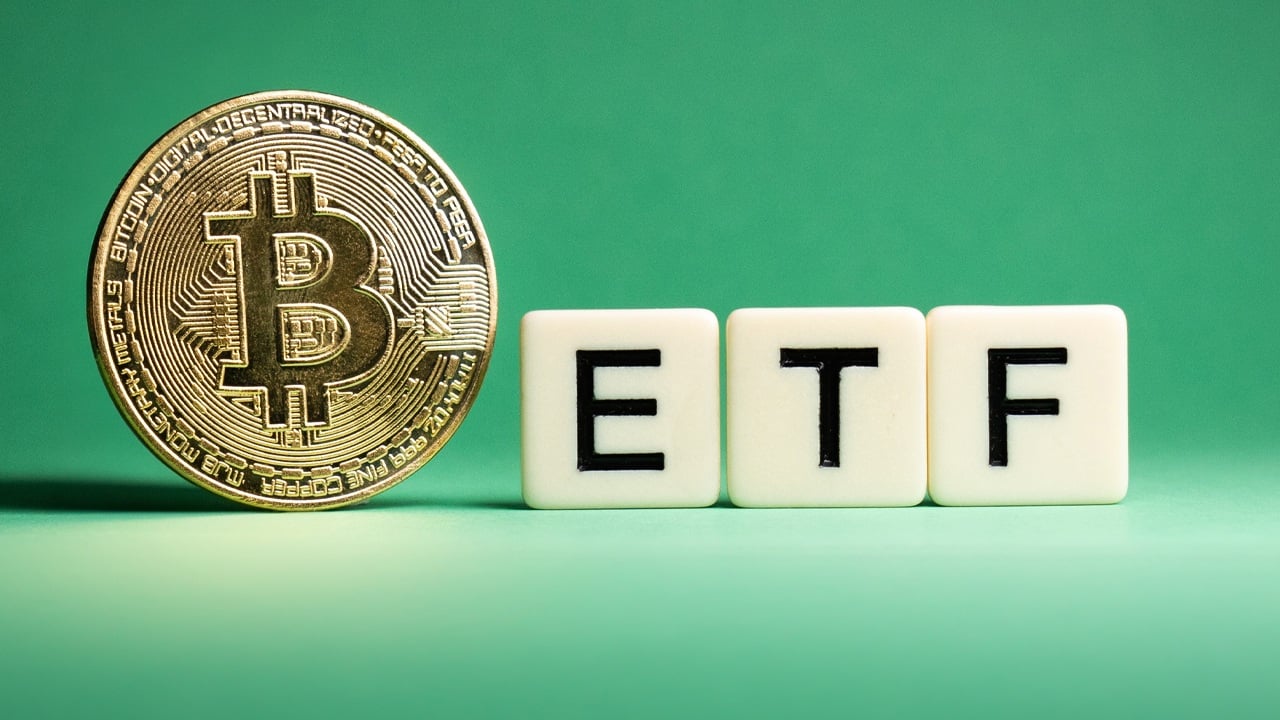Spot Bitcoin ETFs See $2.75B Inflows as BTC Hits New Highs
Bitcoin Surges Past Previous Highs as ETF Inflows Soar
U.S spot Bitcoin Exchange-Traded Funds (ETFs) have recorded a surge in demand, pulling in $2.75 billion in inflows this week as Bitcoin broke past the January 1st all-time high of $109,000 and touched a new peak of $111,970.
This figure represents a nearly 4.5x increase over the previous week’s $608 million inflow.
Daily ETF Inflows Show Continued Momentum
On May 23 alone, ETFs attracted $211.7 million in net inflows, with BlackRock’s iShares Bitcoin Trust (IBIT) leading the pack by adding $430.8 million, marking its eighth straight day of net gain.
BlackRock Continues to Dominate ETF Inflows
While BlackRock continues to dominate ETF inflows, Grayscale’s GBTC shed $89.2 million, followed by ARK 21Shares’ ARKB with $73.9 million in outflows.
Market Sentiment and Recent Activity
This spike in inflows comes amid heightened Bitcoin activity. On May 21, the same day Bitcoin crossed $109,000, ETFs saw $607.1 million inflows.
The upward momentum pushed Bitcoin to a new all-time high the next day, though the price has since experienced a mild pullback.
The Crypto Fear & Greed Index, which tracks overall sentiment, dropped from an “Extreme Greed” reading of 78 to 66 in the past 24 hours, reflecting more caution in market behavior despite record prices.
May ETF Inflows on Track to Break Records
Notably, May could break the monthly ETF inflow record of $6.49 billion set in November 2024. With five trading days left, spot Bitcoin ETFs have already drawn $5.39 billion.
Analysts: BTC Rally Has Room to Grow
Analysts remain optimistic. On-chain data suggests the rally is not yet overheated.
CryptoQuant’s crypto Dan noted that funding rates and short-term capital inflows remain low, and profit-taking short-term investors are minimal—signs that BTC’s upward trajectory may have more room to run.
Institutions Take the Wheel in Bitcoin Rally
According to a recent report from Matrixport, the current bull market is being driven primarily by institutional capital rather than the wave of individual buyers seen in past cycles.
“This rally is unfolding largely out of retail participation,” analysts wrote.
Instead of the usual buzz and euphoria, there’s a noticeable absence of retail momentum. Matrixport said there has been a clear shift in Bitcoin’s market dynamics.
In previous bull runs, individual investors often led the charge, with social media hype and FOMO fueling rapid price gains. But this time, large institutions, motivated by Bitcoin’s role as a hedge against inflation, are steering the market.
“We are witnessing a steady and quiet transfer of Bitcoin from early adopters, miners, and exchanges to a new class of investors.”
Among those leading the institutional push is Strategy, the largest corporate holder of Bitcoin.
According to Bitcoin Treasuries data, 204 institutions currently hold BTC, more than half of which are public companies. In just the last month, 11 new firms added Bitcoin to their balance sheets.
Strategy recently announced a plan to raise $2.1 billion, with proceeds potentially going toward further BTC acquisitions.
Bitcoin in Global Currencies: Still Room for Growth
Cryptocurrency analyst Joao Wedson noted that while Bitcoin has reached an all-time high in U.S. dollar terms, other currencies have yet to reach that level.
In a statement on his social media account, Wedson stated that the BTC/USD parity, which has the highest trading volume, broke the record, but the same is not true for other fiat currencies.
Cheap Remote Crypto Mining for you – Click Here
BTC Needs Further Gains Against Other Currencies
According to Wedson, for Bitcoin to break records against other major currencies, it needs to rise at the following rates:
- 10.3% against the Euro
- 11.5% against the British Pound
- 11% against the Swiss Franc
- 10% against the Japanese Yen
- 8% against the South Korean Won
- 5% against the Canadian Dollar
- 29% against the Russian Ruble
- 8% against the Brazilian Real
Wedson noted that these differences demonstrate the impact of exchange rates on the cryptocurrency market.
“Looking beyond the data, we see that there is still significant room for upside. But this also indicates that new resistance levels may be formed,” he said.
Wedson also pointed out some advantages that most investors are not aware of, like Bitcoin pairing trade with currencies such as the Euro and Ruble, which may offer higher statistical asymmetry compared to the dollar pair.


